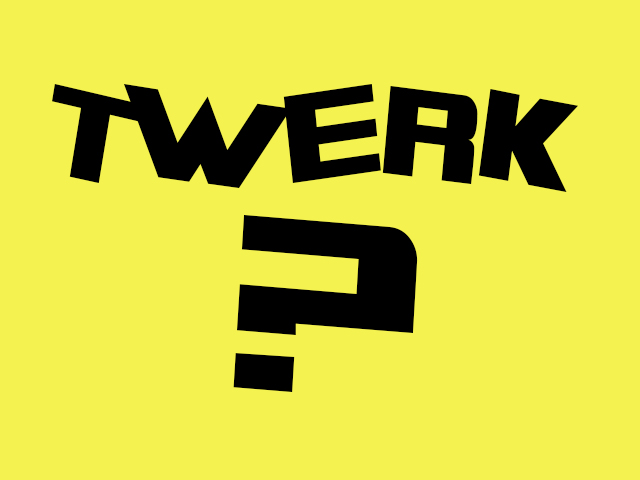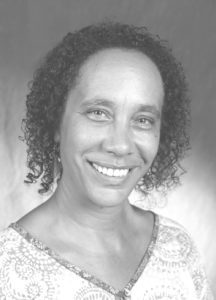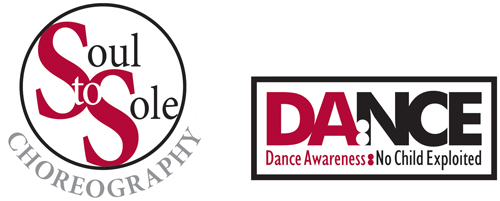 Guest Blog Post By:
Guest Blog Post By:
Leslie Bryan, CSUSB Theatre/Dance Faculty
The greatest joy for me as a dance educator is to help students find the movements from within and to explore their own sense of aesthetics in the art of dance. For the past 20 years, I have been a lecturer in the Theatre Arts/Dance department at California State University, San Bernardino (CSUSB) teaching dance education courses for pre-service teachers. The courses focus on the pedagogy and technique of how to implement dance in public school classrooms. We explore how to be inclusive in decisions of who gets to dance, how to add depth and scope to dance lessons and how to develop future dancers and patrons of dance who will value and respect the profession.
One of the topics my students and I discuss is the normalization of young girls dancing in provocative ways as entertainment at family gatherings or as part of dance choreography. Twerking is one of these dance moves that sexualizes young girls and is often received with cheers and ovation. Webster Dictionary defines Twerking as, “sexually suggestive dancing characterized by rapid, repeated hip thrusts and shaking of the buttocks especially while squatting.” https://www.merriam-webster.com/dictionary/twerking
Wikipedia further defines Twerking as “a type of dance originating as part of the bounce music scene of New Orleans in the late 1980s. Individually-performed, chiefly but not exclusively by women, dancers move throwing or thrusting their hips back or shaking their buttocks, often in a low squatting stance.” https://en.wikipedia.org/wiki/Twerking
Although Twerking has been in the Black and Brown community for a long time it was Miley Cyrus, Twerking at the Video Music Awards that brought it to the larger audience. This movement watched by young girls around the world became an iconic dance of its time.
My CSUSB pre-service teachers who are learning how to incorporate dance in their future classrooms would never be allowed to choreography movements of a sexual nature. Even if some of the dances taught are cultural dances that involve movements of the hips, they are not sexual movements such as African dance where dancers do move their hips but it is not sexual in nature. Is there a difference between teaching dance in public schools versus private studios? Does this difference affect choreographic/costume choices and the aesthetics used in creating dances for children? K-12 public schools now have National Dance Standards that act as a guideline to effectively teach dance, however studios are often self-governed in regards to movement and costume choices for their young dancers.
What expectations do we have of young girls that deems it acceptable to put them on stage grinding and thrusting with all the cat calls that go with this and then not expect them to actualize this sexualization of their bodies? Rebecca Lake, author of the article The Benefits of Dance for Kids, claims that through dance children become more comfortable and gain a better sense of their bodies, which in turn helps their self esteem and confidence. If there is such a pathway between experiences in dance and a child’s emotions then what happens when this path is lined with sexual connotations and the subjugation of young girls?
I encourage dance teachers and choreographers to consciously think of their audience (who are mostly families and other young dancers) and how movements such as Twerking resonate with them, including the subliminal messages inherent in the dance. Performing sexualized movements while in half-naked costumes is a self-fulfilling formula for the sexualization of young girls. As dance teachers, choreographers and performers let us lead the charge in making wise choreographic choices that protect our young dancers, values their bodies and respects the art of dance.
 Biography
Biography
Leslie Bryan is dance faculty for the Theatre Arts/Dance department at California State University, San Bernardino teaching dance education and modern dance courses. She has taught at Crafton Hills College, Riverside Community College, the Coyote Conservatory for the Arts and summer programs at Idyllwild School of the Arts. She serves as dance specialist for the California Arts Project and has also been guest faculty and presenter along with CSUSB students at the International Folk Dance Festival in Surin, Thailand. She is the coordinator of the Family Night at the Theatre event, a free interactive dance performance held every spring at CSUSB. Ms. Bryan is an alumni of CSUSB, earning a Master of Arts degree in Performing Arts Management.
Click Here if you would be interested in being a guest blogger.
